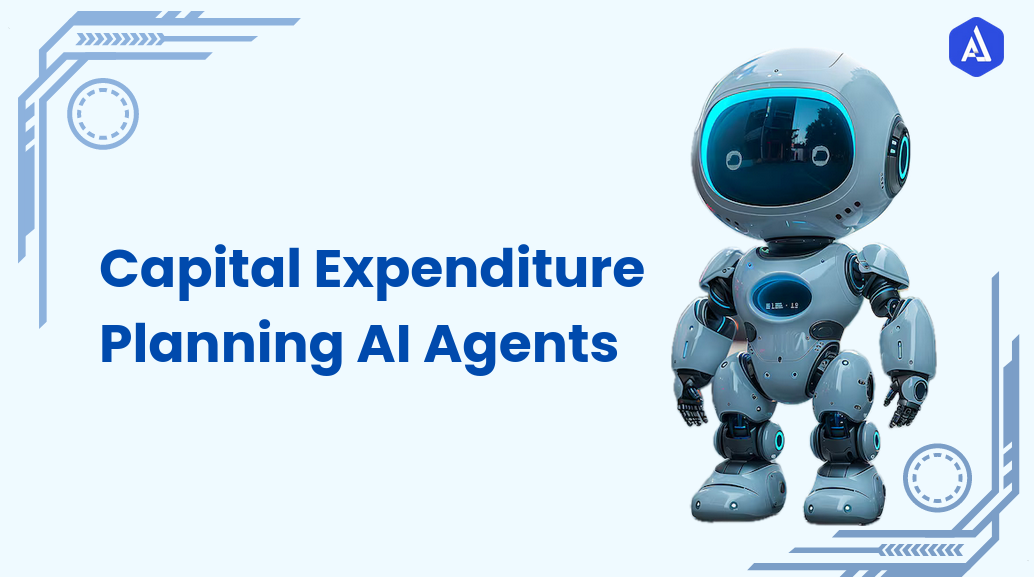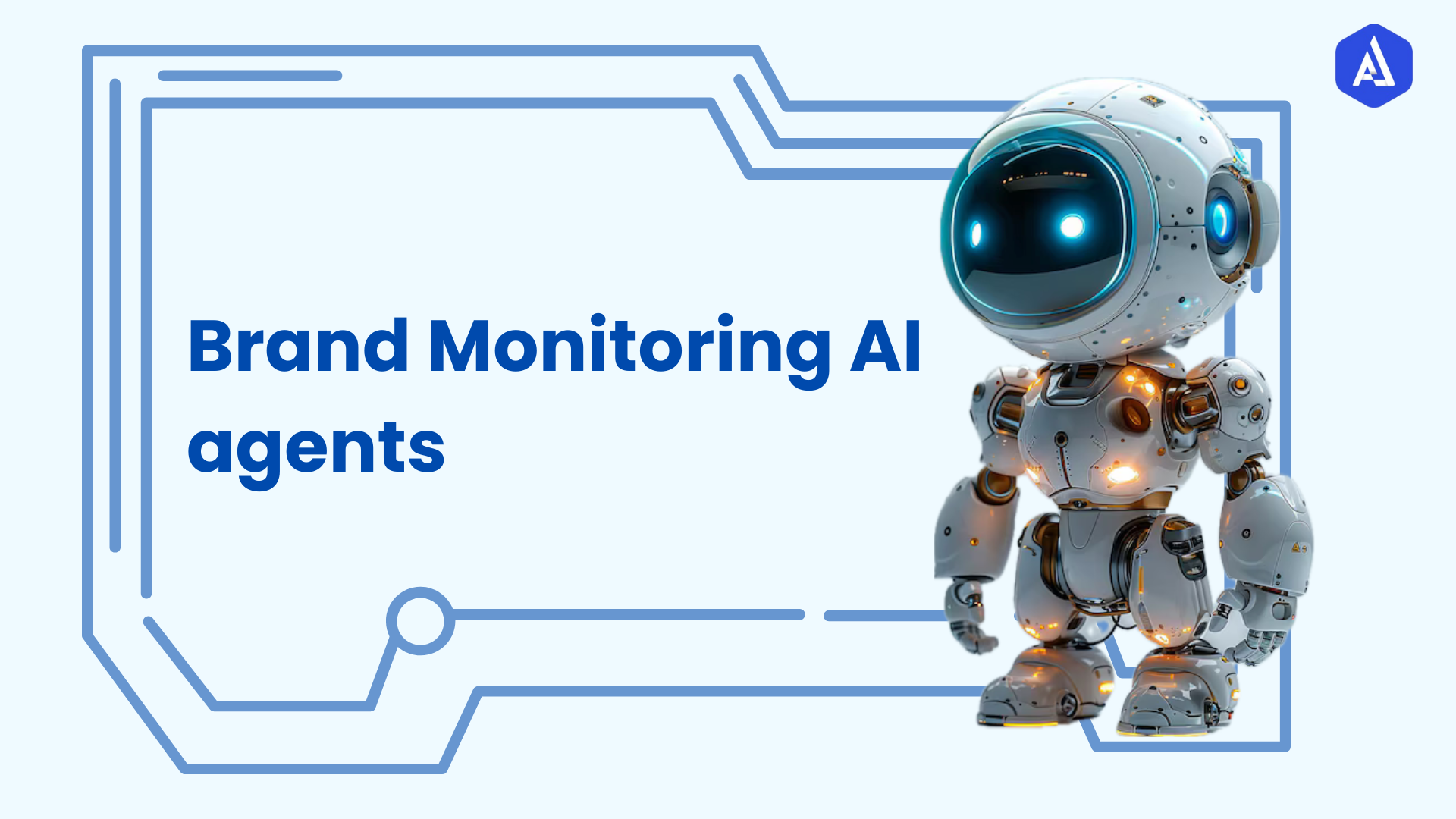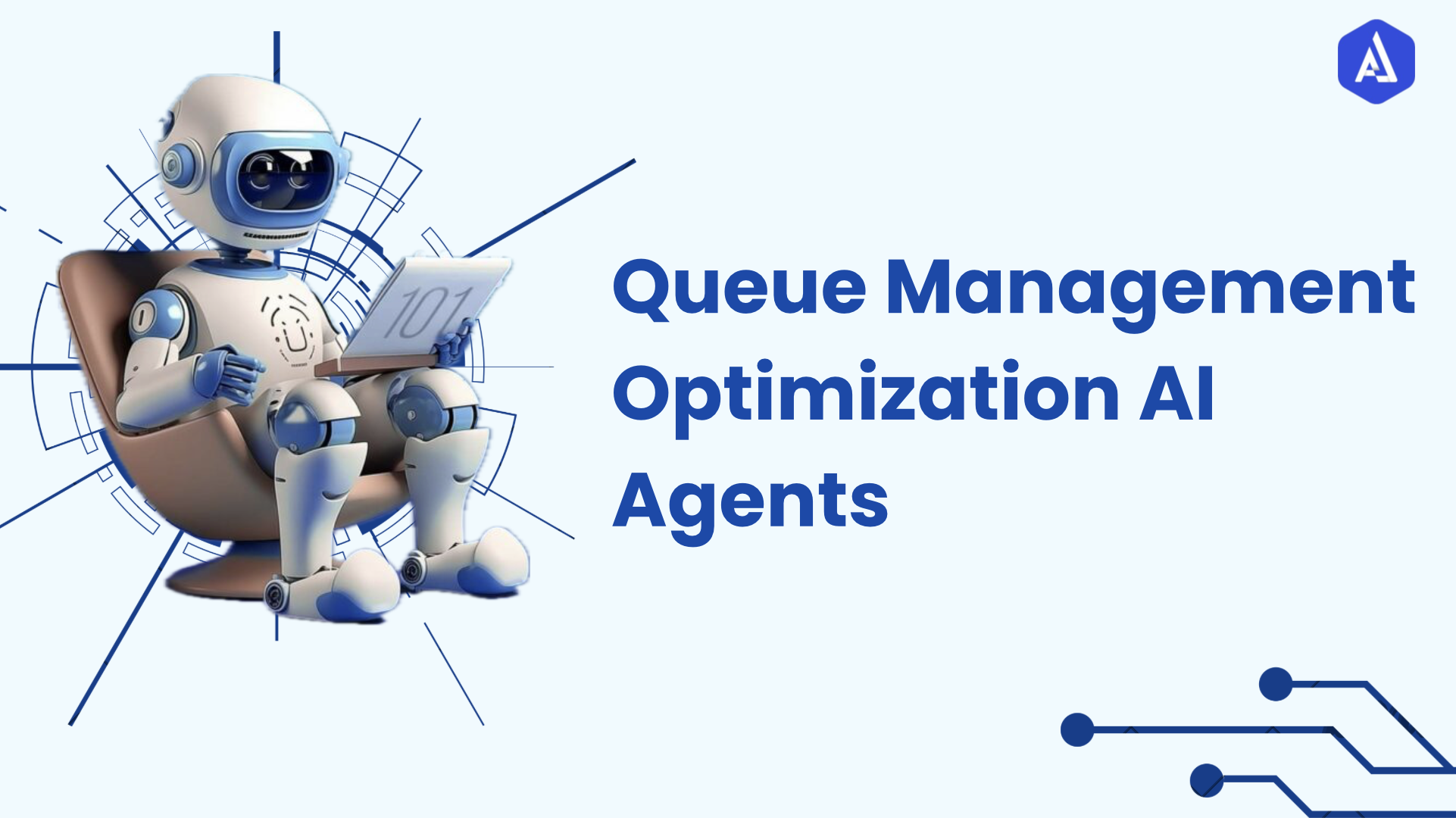Introduction
The Procurement Specialist AI Agent is an innovative software solution focused on meeting some of the primary issues of procurement, including supplier management, controlling expenses, and regulation. It is implemented to assist procurement teams in automating repetitive tasks, decreasing overall operational costs, and providing insights for decision-making. It allows the procurement team to focus on value-creation procurement activities.
The Role of Procurement Specialist
Procurement Specialists are responsible for sourcing, purchasing, and supplying goods and services that meet their organization's needs in terms of cost, quality, and timing. They play a key role in managing supplier relationships, evaluating supplier performance, negotiating contracts, and ensuring compliance with both internal and external policies. Their decisions have a significant impact on the overall efficiency and profitability of the organization.
Primary Challenges Faced by Procurement Specialists:
-
Supplier Management and Coordination: Managing relationships with multiple suppliers and ensuring smooth coordination across the supply chain can be time-consuming and complex, especially when dealing with many vendors.
-
Tracking Market Trends: It can be difficult to stay updated on market conditions, price fluctuations, and emerging trends to make informed procurement decisions.
-
Supply Chain Risk Management: Identifying and mitigating potential risks in the supply chain, such as disruptions, delays, or quality issues, is a constant challenge.
-
Procurement Data Management: Handling large volumes of procurement data, from orders and contracts to performance evaluations and compliance checks, can be overwhelming without the right tools.
-
Ensuring Compliance: It is an ongoing responsibility to ensure that procurement practices adhere to both internal company policies and external regulatory requirements.
-
Contract Negotiations: Negotiating favourable terms with suppliers while maintaining strong working relationships can be a delicate balance.
These challenges can be addressed using the Procurement Specialist AI Agent, which automates routine tasks, provides predictive analytics, and generates real-time insights. This allows procurement professionals to make more accurate decisions, reduce errors, and remain agile in responding to market shifts and supply chain movements. By leveraging AI, procurement teams can also improve supplier performance management and stay ahead of the competition.
About the Procurement Specialist AI Agent
The Procurement Specialist AI Agent was developed to complement current procurement applications, fit smoothly into existing procurement software, and most often utilize enterprise resource planning (ERP) systems. Using AI, ML algorithms, and NLP, the agent performs several important procurement activities, analyzes market data, and assists the organization in effectively managing suppliers and their related dealings.
It provides valuable help, assists in making suggestions, highlighting possible problems and suggesting some solutions to make a decision considering the results of data analysis. At its core, the utilisation of an agent is for automating supplier evaluation and choice, creating procurement demands and outcomes reports, and ensuring compliance across all the undertaken practices with corporate and legal requirements.
It is built to learn over time from historical data to predict needs, find more opportunities to cut costs as well as recognize procuring inefficiencies.
Key Features of the Agent
-
Automated Supplier Selection:
-
Machine Learning for Vendor Scoring incorporates artificial intelligence to reflect data like past performance, pricing statistics, and supplier reliability, assisting procurement specialists in evaluating the most suitable vendors within certain standards.
-
Dynamic Supplier Database: The agent evaluates and reorganises the supplier database, ensuring the procurement teams can access the right suppliers.
-
-
Contract and Compliance Management:
-
Contract Review & Analysis: Contract monitoring occurs in real-time, indicating that the AI agent scans contracts for problematic terms similarly to a human reviewer who scans contracts for compliance issues.
-
Audit-Ready Tracking: It also monitors contract details about the progress on specific deliverables under the contract, contract renewal dates and compliance dates to make sure that the procurement teams do not afford to omit any task or deadline.
-
-
Data-Driven Forecasting:
-
Demand Prediction: The agent uses features of procurement history data and market forecast to determine the probable requests for commodities and service delivery in the future, minimizing incidences of stock-out or overstock.
-
Budget Forecasting: The agent produces cost estimates drawn from overall expenditure and seller prices, making it easier for procurement specialists to work within certain budgets.
-
-
Purchase Order Automation:
-
Automated Purchase Orders (POs): The agent is based on the establishment of the general parameters for the POs and the approval processes that refer to the orders to be placed so as orders to be placed are accurate and on time.
-
Order Tracking: The major work it does include tracking of purchase orders right from the time an order is placed to the time it is delivered and gives real-time information for the procurement group to know the progress of orders.
-
-
Supplier Performance Monitoring:
-
Real-Time Metrics: The agent continuously monitors supplier performance, tracking key metrics such as delivery time, quality of goods, and adherence to contractual terms.
-
Performance Reports: In order to achieve this function, the solution produces reports that point out certain suppliers that require considerable adjustments or that are under-preforming, this helps the procurement teams to tackle problems before they happen.
-
-
Real-Time Analytics and Reporting:
-
Comprehensive Dashboards: The agent then consists of easy-to-understand and use dashboards to ensure that procurement metrics relevant for procurement, supplier’s performance to any contract, and probable areas for cost reduction are well highlighted.
-
Customizable Reports: Companies’ procurement specialists can create exactly the report they need, for instance, supplier evaluation, cost summary, or market prediction.
-
Use Cases
-
Global Sourcing and Supplier Optimization: In multinational organizations the agent can help the procurement teams to decide the best suppliers in particular regions depending with the requirements of the companies.
Thus, the agent harnesses the information on historical performance together with the current market tendencies to improve the strategies of global sourcing and overcome the possible adverse consequences from the disturbance of the supply chain.
-
Contract Management in Regulated Industries: This agent also assists the procurement teams in industries where compliance is a key consideration area such as; Healthcare, pharmaceutical and finance.
It checks all contracts to make sure that they are correct with regard to industry standards and highlight material factors such as missed deadlines for compliance or changing regulations.
-
Predictive Demand and Budget Planning: For organizations whose procurement volume is not fixed throughout the year, the AI agent determines when the volume increases or decreases so that the organization's specialists can prepare in advance.
For example, in a retail environment the agent can predict that certain products are likely to be in great demand during certain time of the year, say during holidays, and adjust inventory levels of such products in such a way that the necessary material resources are not exhausted by expending large sums of the organization’s budget. -
Procurement Risk Management:
In industries with complex supply chains, such as manufacturing, the agent helps mitigate risks related to supply chain disruptions by continuously monitoring supplier performance and market conditions. If a risk or potential issue arises (e.g., delayed deliveries or price fluctuations), the agent can suggest alternative suppliers or adjust orders accordingly.
-
Small to Mid-sized Businesses (SMBs) Procurement Efficiency:
The agent offers an opportunity to other companies that possibly do not have a large staff of procurement specialists. From supply choice to order handling, the agent guarantees that SMBs have all the necessary tools necessary for efficient procurement without putting a lot of effort.
Considerations
-
Data Privacy and Security: Like any application powered by AI, it is necessary to evaluate careful handling and storage of suppliers and procurement information. Some of the ways that could prevent or minimize leakage of sensitive information are, use of encrypted frontline protocols and datal access controls.
-
Integration with Legacy Systems: The developed AI agent interacts with the current ERP and procurement management systems, but it may be incompatible with standard legacy software. Some organizations might have to make adjustments with a view of enhancing integration or developing new integrated solutions from scratch.
-
User Training and Adoption: It is understandable that many procurement professionals will approach tools driven by AI with caution because they are prone to believe that any change will be complicated or disruptive. To counter this, training must be undertaken well and all interfaces should be easy to use to allow easier subscription by the users.
-
Over-Reliance on Automation: As a tool, the AI agent is important, though the human touch continues to be important, especially at the higher procurement level or where negotiations are involved. However, I believe the agent should be regarded as a complement to human skills and knowledge and not as a substitute.
Benefits and Values
-
Increased Operational Efficiency: From simple purchase order generation and supplier identification to tracking contract terms and compliance, every function in procurement becomes far less error-prone and a lot more faster and efficient.
-
Cost Reduction and Budget Optimization: Using such functions as forecasting, the agent provides procurement professionals with suggestions regarding new cost reduction opportunities, suggesting ways for efficient negotiations with suppliers and avoiding unnecessary purchases.
-
Improved Decision-Making: Using real time data to monitor suppliers’ performances, market trends and procurement efficiency the procurement specialists are in a better position to add value to businesses.
-
Scalability and Flexibility: It can scale with the growth in procurement needs while being able to handle large orders and supplier quantities without needing resources. Therefore it can be used by both small and big firms because it is flexible and able to meet the business needs as they evolve.
-
Enhanced Compliance and Risk Management: The agent pays attention to contract, regulatory and company compliance hence minimizing main risks such as audit findings, regulatory noncompliance or supply disruption making the procurement process smooth.
Usability
-
Setup: The configuration process is understandable both with initial setup wizard and web interface. It means that the application has the capability of retrofitting with current procurement systems through reusable connectors or adapters. After integrated, the agent needs users to provide procurement targets, favourite suppliers and the budget channel which it should employ.
-
Operation:Once set up, the agent initiates and begins to evaluate procurement requests, and review suppliers’ performance while delivering updated information. The use of the agent gives procurement teams an opportunity to review the agent’s recommendations before acting on it and making changes as may be required.
-
Troubleshooting:The problem areas for an integration failure or a mismatch between the data extracted are easy to solve via the agent dashboard. The AI agent also has a Help Centre where users who may require assistance can easily find guides, frequently asked questions, and a link to customer assistance.
-
Ongoing Use:By analyzing procurement data the agent remains intelligent and adaptive in the sense that he gets better with time. The two features allow users to monitor performance metrics frequently and modify settings according to new business requirements. By generating constant updates, the AI(agent) is up to date with the current trends and conditions in the market.


